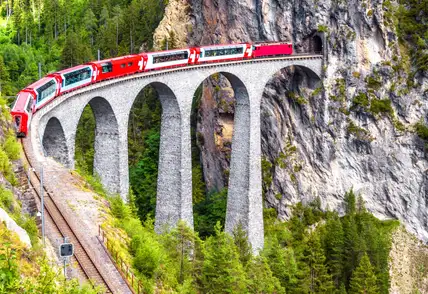Railway reservation system
A railway reservation system is a piece of software that helps railway operators handle distribution, pricing, scheduling, and other operations.
The main modules of railway reservation systems include
- multi-channel distribution (via direct and indirect channels) that includes a booking engine, extranet, and/or API connections;
- reservation and ticketing to handle bookings and ticket generation that can include search capabilities, seat maps, customer profile management, payment options integration, loyalty programs design, etc.;
- revenue management that’s responsible for demand forecasting, price sensitivity analysis, and automated pricing; and
- rail operations covering such back-office workflows as workforce management, fares generation, route modeling, information sharing, disruption management, and so on.
So the railway reservation system essentially has several layers. The customer-facing layer allows passengers to request schedule and itinerary information, book tickets, and learn train arrival or departure details.
At the same time, on the back-office layer, the railway reservation system serves as a database for all train, customer, and operations-related information. It also stores and implements a set of business rules controlling fares, communication, and other operational processes.






